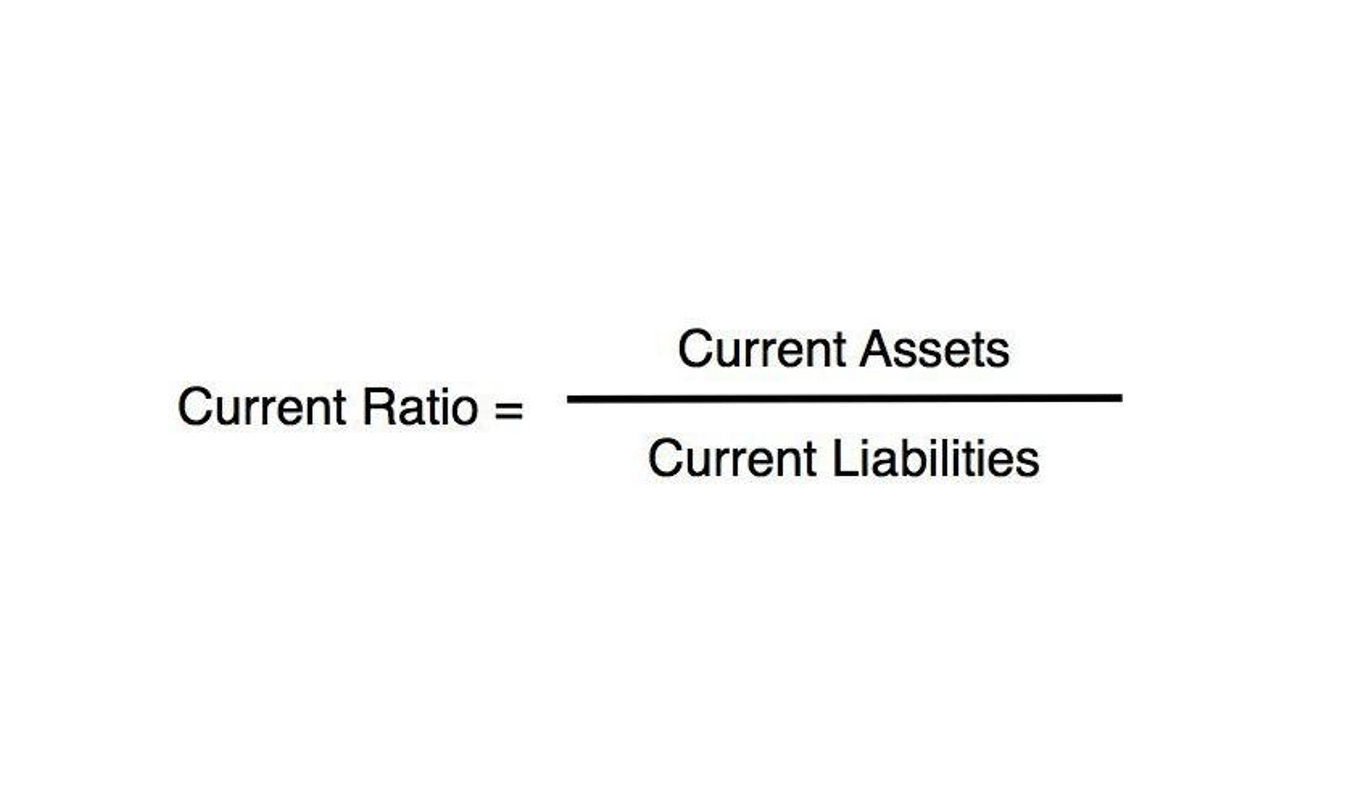First, we need to understand the terms that you will encounter in both billing and accounting so that you can keep track of the results expected from each department. There are some overlapping terms in each department but they have different meanings. Keeping each term separate will help you in discerning how each term is used and when to use the terms.
- Therefore, for a small business, billing often requires more investment (such as spending in billing or invoicing software) to improve efficiency and minimize losses.
- How much you make as a first-year accountant depends mainly on the specific career path you pursue.
- This integration eliminates the need for manual data entry and allows for a holistic view of business operations.
- Operators and institutional investors, such as venture capital (VC) and growth equity (GE) firms, must understand the differences between bookings, billings, and revenue in the SaaS industry.
By understanding your needs, you can narrow down your options and select a software solution that aligns with your business goals. What sets billing and accounting software apart is their customizable reporting options. Businesses can tailor reports according to their specific needs and requirements. They can choose the data they want to include, apply filters to focus on specific aspects of their business, and even create visual charts and graphs to better understand the numbers. This level of customization empowers businesses to gain deeper insights into their financials and make strategic decisions accordingly. Obtaining timely and adequate customer payments is essential for any business.
SaaS Billings Calculation Example
For Customer A, the $6 million was received upfront, however, the revenue is only “earned” (and recognized) one month at a time. In the final part of our exercise, we’ll calculate the revenue recorded under GAAP. Bookings are a SaaS metric that represents the value of a customer contract with a contractual spending commitment, most often https://simple-accounting.org/ structured as an annual or multi-year agreement. Text is available under the Creative Commons Attribution/Share-Alike License; additional terms may apply.See Wiktionary Terms of Use for details. You can learn more about the elements of an invoice and how to create one from scratch by heading over to our guide on how to make an invoice.
How Can a Bookkeeper Become an Accountant?
And with the ability to accept online payments, businesses can offer convenient payment options to their clients or customers, further streamlining the invoicing process. So, if you need a way to keep tabs with your business’s financial status while issuing invoices and collecting payments from customers, you need ReliaBills. Try it for free today and see how it can help your business streamline its accounting billing vs accounting and billing processes. To access ReliaBill’s full array of features, you will need to upgrade your account to ReliaBills PLUS for only $24.95. Payment processors can also be a good choice for businesses that need to automate their financial processes. For example, many payment processors offer integrations with accounting and billing software, so that you can manage your finances in one place.
How to Send an Invoice on Your Personal PayPal Account
We’ve listed some of the key differences when it comes to the requirements and job market for each. The person running the billing department is usually somebody who has healthcare administrative experience but likely does not have accounting experience. They have specific knowledge of the healthcare revenue cycle, and they know how to navigate the bureaucracy that surrounds claim payment.
Additionally, billing and accounting software allows for seamless collaboration between teams, ensuring that all stakeholders can access and update financial information in a secure and organized manner. It seems to be a common (and justifiable) notion that using spreadsheets can be bad for business. Therefore, investing in a good billing software or billing system can prove to be extremely beneficial. In addition to essential billing tools, a software billing system can pack in ERP features or recurring payment options. Before selecting a software provider, it’s crucial to assess your business’s unique needs and requirements.
The software provider takes care of updates, backups, and security, allowing businesses to focus on their core operations. Managing varied types of billing without an billing platform can get out of hand pretty quickly, as in the case of Immigrant Law Group PC of Portland, Oregon. Think about the current and desired complexity of your billing process before moving forward with any platform. Setting clear payment terms on your invoices increases the likelihood of receiving quick payments.
Depending on the city, you can expect to earn between $40,000 and $60,000 your first year as a Big Four accountant. While the companies do not publish salaries on their websites, the benefits can be a large draw. For example, KPMG offers employees up to 25 days of paid vacation time, telecommuting opportunities, and a robust health insurance package. However, bookkeeping and accounting clerk jobs are expected to decline, with the BLS projecting a 5% fall in jobs over the same period. The BLS notes that job growth for accountants should track fairly closely with the broader economy.
What Is an Accounting Invoice?
Small businesses with limited resources may find cloud-based software more cost-effective and convenient, while larger enterprises with specific security needs may opt for on-premise solutions. As we’ve mentioned, billing is the process of generating and issuing invoices. Whereas accounts receivable is the asset account that displays the balance of any outstanding invoices or money owed to a business, in the short-term. Customers, therefore, only pay for the number of days that they used the service.
So many different payment options are available, from credit cards to PayPal to wire transfers. And there are just as many payment processors out there that can help you take advantage of those options. An accounting system should be used when you need to track and analyze your company’s financial information. An accounting system is also useful for preparing financial statements, such as income statements and balance sheets. In fact, one of the limitations of accrual accounting is that GAAP revenue can be misleading in terms of understanding a company’s past revenue growth and forward-looking trajectory, i.e. the sales “momentum”. While there are certain similarities and overlaps between the two, there are distinctions that set these two roles apart.
By choosing the right software, businesses can streamline their financial processes, improve accuracy, and gain valuable insights into their financial health. Effective billing and accounting software is essential for managing financial transactions, tracking expenses, generating invoices, and maintaining accurate records. It streamlines the billing process, reduces errors, and provides valuable insights into a company’s financial health. Billing and accounting software also offer automated reminders for overdue payments. This feature eliminates the need for manual follow-ups and ensures that businesses get paid on time. Additionally, businesses can set up recurring invoice generation, saving them time and effort for repeat clients or customers.
Key Features of Billing and Accounting Software
An efficient billing system forms the foundation for an integrated and streamlined payment collection process and is crucial to your accounting and bookkeeping process. Therefore, for a small business, billing often requires more investment (such as spending in billing or invoicing software) to improve efficiency and minimize losses. Billing software will help you keep track of your invoices and ensure that you are getting paid on time. On the other hand, payment processors will help you accept payments from your customers and get the money into your account quickly and easily. Payment processors will typically offer a wide range of features, from the ability to accept payments online to automated fraud prevention.
You know that accounting and billing work hand-in-hand to manage the movement of money in your practice. But what you may not know is that the work is separate and typically done by two different companies or individuals. They make sure both areas are taken care of to ensure maximum efficiency in your business operations. But before you start looking for potential platforms to use, it’s important to be familiar with accounting and billing.
By understanding the differences between them, you can ensure that you have the right software to run your business smoothly. Save time, money, and your sanity when you let ReliaBills handle your bill collection, invoicing, reminders, and automation.. No matter which system you choose, make sure it meets your specific business needs. Both accounting and billing systems can be customized to fit your specific requirements. So, take the time to research and compare different systems until you find the right one for you. Accounting refers to recording, classifying, and summarizing financial transactions to provide information that is useful in making business decisions.
If you would like to see a high-level breakdown of that process feel free to head over to read our blog on the revenue cycle management process. Now that we have explored the various features and types of billing and accounting software, it’s important to understand how to choose the right solution for your business. This integration eliminates the need for manual data entry and allows for a holistic view of business operations.


